Have Fun With Playdough This Easter Holidays!I use playdough all the time with young kids to support communication development. It's a great activity to get communication happening and there's lots kids can learn through playdough! Having a set of good cookie or playdough cutters is great for modelling lots of different vocabulary targets (e.g. house, butterfly, plane) and working on early categorisation skills (e.g. Lets put all the vehicles over here and all the animals over here). Playdough play is also great for encouraging use of action words (e.g. cutting, pushing, rolling) and early concept words (e.g. big/little, long/short - "I've rolled a big ball. Your ball is li____?", "My snake is long, your snake is sh____."). You can use playdough for making many different shapes and objects to talk about such as making a persons body or face out of playdough (e.g. model the names of different body parts as you talk about what you are making, such as "To make a person we need a body, head, legs, and arms. What else do we need?"). Try making different animals such as a snake for modelling different animal noises and early sound play (e.g. "Snake says SSSsssss"). Playdough is a great sensory activity and can also be used to encourage development of early social skills such as turn taking, joint attention, sharing, making a choice, requesting, asking for help. It's a great activity to keep young kids occupied on a play date too. They love to get in and help make it and see the colours go through the dough. I like to make my own playdough for peace of mind that if they decide to taste it (lets face it, most kids give it a taste test at some stage) there aren't any hidden nasties. Joan's Playdough Recipe:
Sarah Creagh |
| Nouns: I me/my/mine you bubbles | Position Words: up down on here | Adverbs: again no away |
| Verbs: look blow pop stomp catch help jump | Describing Words: big little more wet sticky yucky done gone | Word Combinations: more bubbles more bubbles please more big bubbles blow bubbles blow bubbles up blow down I do my turn bubbles up high come here bubbles look bubbles pop bubbles pop again help me |
Have fun with your bubbles! If you'd like more ideas on how you can maximise your child's development, sign up to my newsletter.
Written By Sarah Creagh
Speech Pathologist
Speech Smart Therapy
Speech Pathologist
Speech Smart Therapy
Number 2 on my 'Play, Chat, Learn' list: Blow bubbles together.
Why Bubbles Are The Best:
They Give Your Child Lots of Reasons to Communicate And Create A Fun Activity For You To Share.
Firstly, yes they’re great fun but they also give your child lots of reasons to communicate and learn. This is why they're NUMBER 2 on my 'Play, Chat, Learn' list. Bubbles are highly motivating, interactive and give children many reasons to communicate. I always use bubbles in my early language and social skill groups because they help communication happen.
What your child might learn from sharing bubbles with you:
Subscribe to my Newsletter if you'd like to receive regular updates on how to support your child's development.
What your child might learn from sharing bubbles with you:
- Looking at you and smiling to share the experience (social engagement and joint attention).
- Asking you to play bubbles with him/her by bringing you the bubble jar, reaching for or pointing to the jar, using a gesture/sign for bubbles, or saying a sound, word or sentence (requesting to play – an important social skill).
- Asking for more bubbles by bringing you the bubble jar, pointing, using a gesture/sign to indicate bubbles, making a sound or saying a word or sentence (requesting – teaches children the 'power of communication' in getting more of what they want).
- Asking you to help open the bubble jar so you can blow more bubbles by bringing you the jar, pointing to the bubble jar, using a gesture, sound, word or sentence (requesting ‘help’ – an important social skill).
- Copying gestures you use and words you say about the bubbles (imitation – a foundation skill in learning to talk and learning to use language).
- Using sounds, words and sentences to talk about the bubbles and what they’re doing (commenting – a foundation language skill for expressing what is happening around them).
- Taking turns blowing or popping bubbles (turn taking - an extremely important social skill).
Subscribe to my Newsletter if you'd like to receive regular updates on how to support your child's development.
What do I do if I have concerns about my child's communication?
‘Act Early’ and talk to a specialist if you have concerns about your Child’s Communication or general development. Speech Pathologists specialise in supporting children who have difficulties in their communication development. If you're concerned about another area of your child's development talk to your child's GP or child health nurse. Having a look at a developmental checklist to help you determine if you're child is reaching their expected developmental milestones may also help you determine if you need to seek extra support to help your child in their development. I have listed several developmental checklists you can access via my 'information for parents' section on my website.
Written By Sarah Creagh,
Speech Pathologist
Speech Smart Therapy
Ph: 0466911315
Speech Pathologist
Speech Smart Therapy
Ph: 0466911315
| Last week I spoke about the benefits of reading to your baby/child from day dot. Here are a list of some of my favourite books for children aged 0-3 years. 'Once I heard a little wombat' is a particularly good one to add to your reading list if you haven't already. The rhyming text in the book keeps small children entertained and helps them to recognise patterns in speech. Toddlers will love to act or dance the actions performed by the animals. This book also was awarded top place at the Speech Pathologist Book of the Year Awards, ages 0-3 years. |
'Dear Zoo' is fantastic for engaging little ones with it's interactive flaps and repetitive text that allows children to begin to engage and 'read' the story themselves. Have fun making each animal noise together as your child opens each flap to teach early sound production. Great for teaching animal vocabulary too!
'The Very Hungry Caterpillar' has become a classic that all children love. Great for teaching early story sequencing skills, food vocabulary, counting skills and concepts.
If you missed my recent blog on the benefits of reading to children daily you can see it below: http://www.speechsmart.com.au/blog/number-1-on-my-play-chat-learn-activity-list-read-together-daily
| Literacy is one of the most important foundations for success in school and life. In addition, research shows that in Australia: not all children arrive at school ready to take advantage of the learning opportunities provided. At school 1 in 5 children start school behind – poorly equipped to benefit from the social and learning opportunities (ABS, 2013 as cited in '2013 Lets Read Literature Review). OVERVIEW Read Below to find out about:
|
Number 1: Read Together Daily:
Make a habit of reading together with your child everyday. Reading to your child is the one thing that has the biggest impact on your child learning to read later on. Start reading to your child from when they are a baby. When a child is read to everyday reading becomes a natural and enjoyable part of their life. Reading to your child has so many developmental and pre-literacy benefits e.g. encourages shared attention and listening skills, builds vocabulary and sentence understanding and use, teaches print awareness, helps them develop the ability to sequence ideas, teaches rhyme awareness through nursery rhymes and books with rhyming texts. If your child will only attend to a book for a short period you don't have to read the book word for word but just follow their lead, look at and talk about what they're interested in and get them to help you turn the pages. Interactive books with textures and flaps are great for engaging little ones. Once they start to attend for longer you can read more of the book to them. Read the same book many times. Children love to hear stories over again and they will pick up on different parts of the story and pictures through repeated readings. It's important to follow the child's interest, so if they point or talk about a picture, respond immediately by asking a question or offering a comment to prompt more talk.
Literacy Milestones
| Age | Milestone |
| 3 - 12 months |
|
| 1-2 years |
|
| 2-3 years |
|
| 3-4 years |
|
| 4-5 years |
|
| 5-6 years Kindergarten Level in NSW |
|
Why is this important?
Australian surveys suggest that somewhere between 10% and 20% of primary school children have persistent and significant problems in learning to read. A key underlying cause of literacy difficulties in these children is a deficit in phonological awareness. School age children with a language disorder often have associated difficulties in literacy due to poor phonological awareness skills. Also, school age children with a past history of speech and language impairment, even if they have had speech therapy for their difficulties as a pre-schooler, are at high risk of a learning disability. Hence, screening these children's phonological awareness skills early on and explicitly teaching them phonological awareness skills from preschool if difficulties are noted, is vital.
Literacy is one of the most important foundations for success in school and life. In addition, research shows that in Australia: not all children arrive at school ready to take advantage of the learning opportunities provided. At school 1 in 5 children start school behind – poorly equipped to benefit from the social and learning opportunities (ABS, 2013 as cited in '2013 Lets Read Literature Review). Unfortunately, those who do not arrive at school with early literacy skills sometimes never catch up (Duncan et al., 2007; Chatterji, 2006; Roberts et al., 2005; Lonigan and Shanahan, 2010 as cited in '2013 Lets Read Literature Review'). The research indicates that the signs of vulnerability in literacy development are already evident from school entry.
Hence, please read to your child everyday from when they are a baby even if it's just for 10-15 minutes before bed time. If you do have any concerns about your child's speech, language, phonological awareness or literacy skills please go and talk to a specialist teacher and seek support from a speech pathologist skilled in the assessment, identification and treatment of children with difficulties in these areas. Early intervention and support will make all the difference to your child's future wellbeing and enjoyment of school.
Without the right support early on for children who experience early difficulties learning to read, they are unlikely to catch up to their peers and the longer it is left the more likely that the gap in ability will widen as schooling progresses. A poor foundation in literacy development in the early years increases vulnerability in literacy development and acquisition and decreases formal educational achievement (2013 Lets Read Literature Review). This has implications for general wellbeing because it is a predictor of a life characterised by a lack of formal education, limited employment opportunities, lower income and reduced access to healthcare.
For more great information on this topic go to the 'Lets Read' website.
Literacy is one of the most important foundations for success in school and life. In addition, research shows that in Australia: not all children arrive at school ready to take advantage of the learning opportunities provided. At school 1 in 5 children start school behind – poorly equipped to benefit from the social and learning opportunities (ABS, 2013 as cited in '2013 Lets Read Literature Review). Unfortunately, those who do not arrive at school with early literacy skills sometimes never catch up (Duncan et al., 2007; Chatterji, 2006; Roberts et al., 2005; Lonigan and Shanahan, 2010 as cited in '2013 Lets Read Literature Review'). The research indicates that the signs of vulnerability in literacy development are already evident from school entry.
Hence, please read to your child everyday from when they are a baby even if it's just for 10-15 minutes before bed time. If you do have any concerns about your child's speech, language, phonological awareness or literacy skills please go and talk to a specialist teacher and seek support from a speech pathologist skilled in the assessment, identification and treatment of children with difficulties in these areas. Early intervention and support will make all the difference to your child's future wellbeing and enjoyment of school.
Without the right support early on for children who experience early difficulties learning to read, they are unlikely to catch up to their peers and the longer it is left the more likely that the gap in ability will widen as schooling progresses. A poor foundation in literacy development in the early years increases vulnerability in literacy development and acquisition and decreases formal educational achievement (2013 Lets Read Literature Review). This has implications for general wellbeing because it is a predictor of a life characterised by a lack of formal education, limited employment opportunities, lower income and reduced access to healthcare.
For more great information on this topic go to the 'Lets Read' website.
Sarah's 'Play, Chat, Learn' Activity List For Parents:
1. Read together daily.
2. Bubbles
3. Playdough
4. Teddy bears or dolls picnic.
5. Dolls house and little people play with toy furniture.
6. Toy train and vehicles play.
7. Favourite toys hide n' seek.
8. Bath time play
9. Puzzles
10. Craft: paint, cut, paste, build and/or colour in activities.
2. Bubbles
3. Playdough
4. Teddy bears or dolls picnic.
5. Dolls house and little people play with toy furniture.
6. Toy train and vehicles play.
7. Favourite toys hide n' seek.
8. Bath time play
9. Puzzles
10. Craft: paint, cut, paste, build and/or colour in activities.
Written By Sarah Creagh, Speech Pathologist.
Phonological Awareness Skills are the Single Best Predictor of a Child's Future Reading Ability!
1/29/2017
Did you know phonological awareness skills of preschool children is the single best predictor of their future reading ability? It's a better predictor than socio-economic status or even their intelligence!
Phonological awareness "refers to the focus on the sounds of spoken language" that is, for a child to come to the realisation that a continuous stream of speech can be separated by individual words, that those words can also be broken up into one or more 'beats' or syllables, and that syllables are made up of a sequence of separate, single sounds (D. Konza, 2014). The most important of these phonological components for reading development is the awareness of the individual sounds or phonemes, that is phonemic awareness.
"Once children understand that words can be broken up into a series of sounds, they need to learn the relationship between those sounds and the letters used to ‘map’ them onto paper: the alphabetic code. An understanding of the relationship between sounds and the letters that represent them (graphemes) is at the heart of reading an alphabetic language, thus the decoding step is non-negotiable if children are to become independent readers (Hulme et al, 2012 as cited in D. Konza, 2014)".
Some children find it very difficult to "pull apart" words to perceive them as a series of separate phonemes (i.e. sounds) because the continuous nature of speech compresses them into a series of overlapping sounds through a process called co-articulation, disguising the segmental nature of speech. Children who find it difficult to hear the separate sounds in words cannot make the link between the sounds of speech and print symbols, making learning to read and spell our alphabetic language an enormous challenge. These children will need extra help to learn this skill! Children also need good oral language skills as this provides the platform for the development of phonological skills (D. Konza, 2014).
Speech Pathologists assess children's phonological awareness skills, their letter-sound knowledge (coding skills) and their language skills. When difficulties are observed in one or more of these areas the speech pathologist works with parents and teacher's to strengthen a child's skills in these areas to maximise the child's potential for success at school in reading, spelling and across the curriculum. If your child is starting school or progressing into grade 1 or 2 and has poor phonological awareness skills (e.g. finds it difficult to clap out how many syllables are in words 2 syllables or longer, finds it hard to identify the sound a word starts with such as 'cat' starts with the 'k' sound, bike starts with the 'b' sound) and/or has a weakness in their oral language skills (e.g. uses non-specific words such as 'that thing' or 'that one' or 'it' frequently, struggles with following directions or understanding language, and/or find it difficult to put words together to form grammatical sentences and to express themselves clearly) a speech pathology assessment and talking to their teacher about what can be done to support them further is strongly recommended.
In her very well written article, 'Teaching Reading: Why the “Fab Five” should be the “Big Six”' Deslea Konza, 2014, proposes that the current curriculum needs to change to include 'six' components critical to the development of reading rather than the current 5 with the addition of 'oral language' making it the "Big Six" and I'm in total agreement:
• phonemic awareness
• phonics
• fluency
• vocabulary
• comprehension
+
• oral language
It just makes sense!
This article is really worth reading for any speech pathologist supporting children with literacy problems and for teachers and parents who's children have language and literacy difficulties.
Teaching Reading: Why the “Fab Five” should be the “Big Six” Deslea Konza, Edith Cowan University.
Phonological awareness "refers to the focus on the sounds of spoken language" that is, for a child to come to the realisation that a continuous stream of speech can be separated by individual words, that those words can also be broken up into one or more 'beats' or syllables, and that syllables are made up of a sequence of separate, single sounds (D. Konza, 2014). The most important of these phonological components for reading development is the awareness of the individual sounds or phonemes, that is phonemic awareness.
"Once children understand that words can be broken up into a series of sounds, they need to learn the relationship between those sounds and the letters used to ‘map’ them onto paper: the alphabetic code. An understanding of the relationship between sounds and the letters that represent them (graphemes) is at the heart of reading an alphabetic language, thus the decoding step is non-negotiable if children are to become independent readers (Hulme et al, 2012 as cited in D. Konza, 2014)".
Some children find it very difficult to "pull apart" words to perceive them as a series of separate phonemes (i.e. sounds) because the continuous nature of speech compresses them into a series of overlapping sounds through a process called co-articulation, disguising the segmental nature of speech. Children who find it difficult to hear the separate sounds in words cannot make the link between the sounds of speech and print symbols, making learning to read and spell our alphabetic language an enormous challenge. These children will need extra help to learn this skill! Children also need good oral language skills as this provides the platform for the development of phonological skills (D. Konza, 2014).
Speech Pathologists assess children's phonological awareness skills, their letter-sound knowledge (coding skills) and their language skills. When difficulties are observed in one or more of these areas the speech pathologist works with parents and teacher's to strengthen a child's skills in these areas to maximise the child's potential for success at school in reading, spelling and across the curriculum. If your child is starting school or progressing into grade 1 or 2 and has poor phonological awareness skills (e.g. finds it difficult to clap out how many syllables are in words 2 syllables or longer, finds it hard to identify the sound a word starts with such as 'cat' starts with the 'k' sound, bike starts with the 'b' sound) and/or has a weakness in their oral language skills (e.g. uses non-specific words such as 'that thing' or 'that one' or 'it' frequently, struggles with following directions or understanding language, and/or find it difficult to put words together to form grammatical sentences and to express themselves clearly) a speech pathology assessment and talking to their teacher about what can be done to support them further is strongly recommended.
In her very well written article, 'Teaching Reading: Why the “Fab Five” should be the “Big Six”' Deslea Konza, 2014, proposes that the current curriculum needs to change to include 'six' components critical to the development of reading rather than the current 5 with the addition of 'oral language' making it the "Big Six" and I'm in total agreement:
• phonemic awareness
• phonics
• fluency
• vocabulary
• comprehension
+
• oral language
It just makes sense!
This article is really worth reading for any speech pathologist supporting children with literacy problems and for teachers and parents who's children have language and literacy difficulties.
Teaching Reading: Why the “Fab Five” should be the “Big Six” Deslea Konza, Edith Cowan University.
Author - Sarah Creagh
I'm a speech pathologist with a passion for working in partnership with parents to support children to reach their maximum potential.
Archives
September 2018
December 2017
October 2017
September 2017
August 2017
July 2017
June 2017
April 2017
March 2017
February 2017
January 2017
December 2016
November 2016
Categories
All
Communication
Early Childhood
Emergent Literacy
Learn List
Literacy Skills
School Age Assessment
School Age Children
Toddler Talk

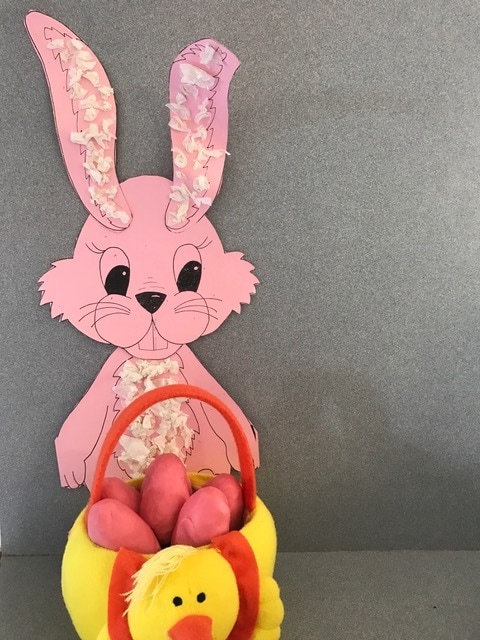
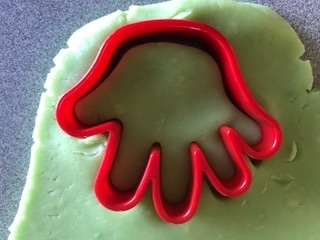
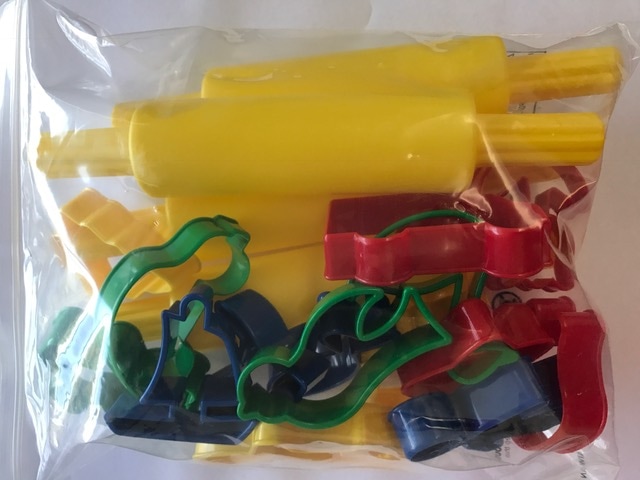
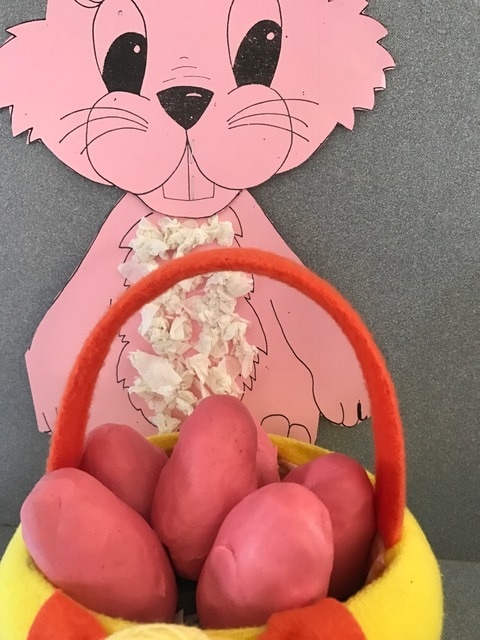
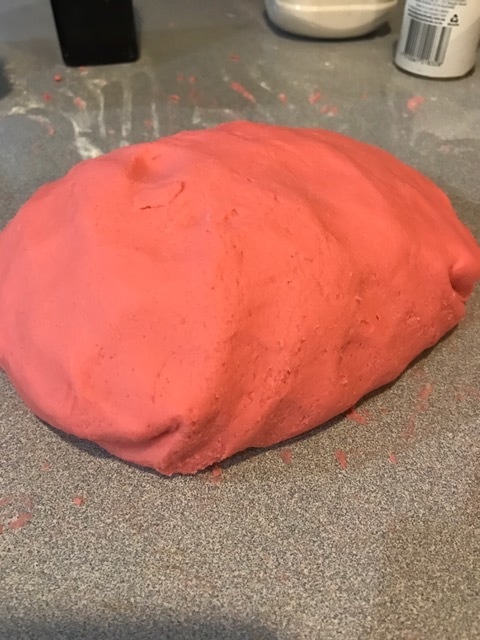
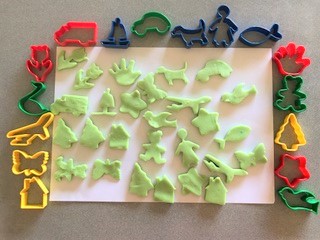
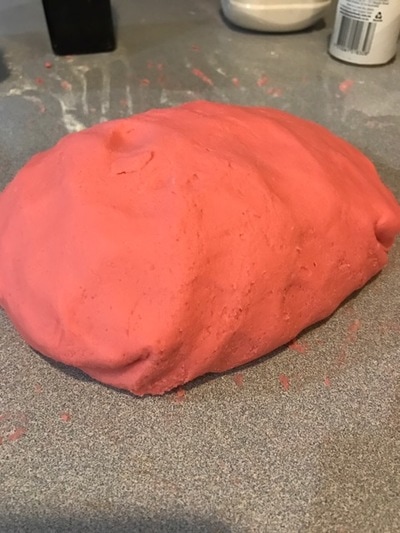
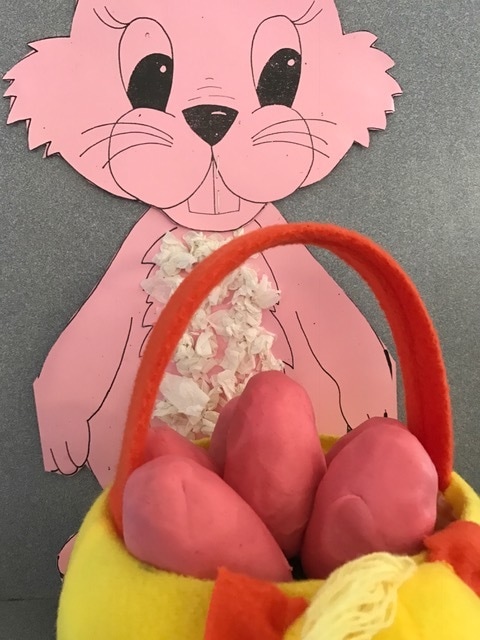
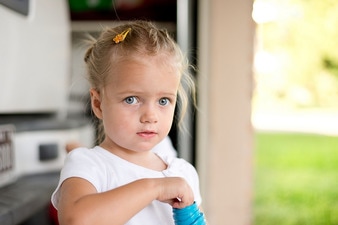
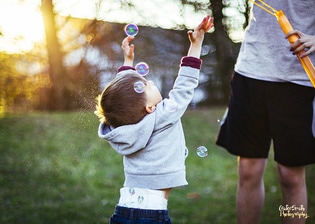


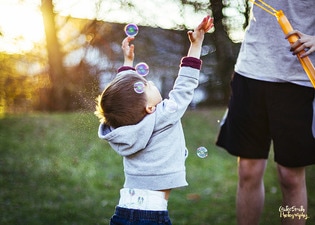
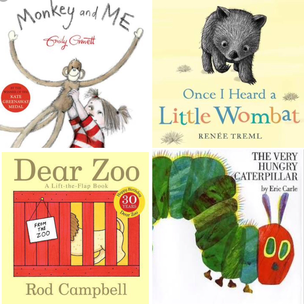
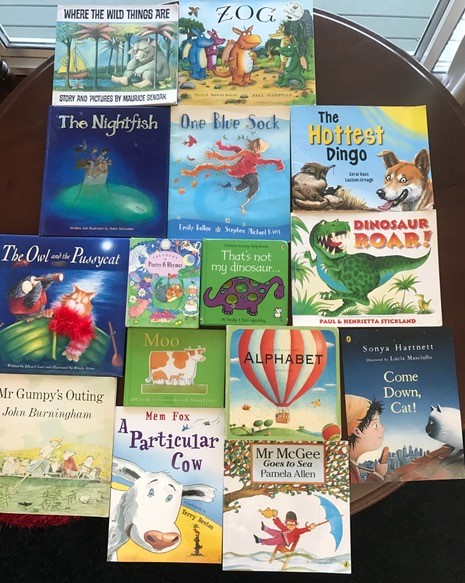
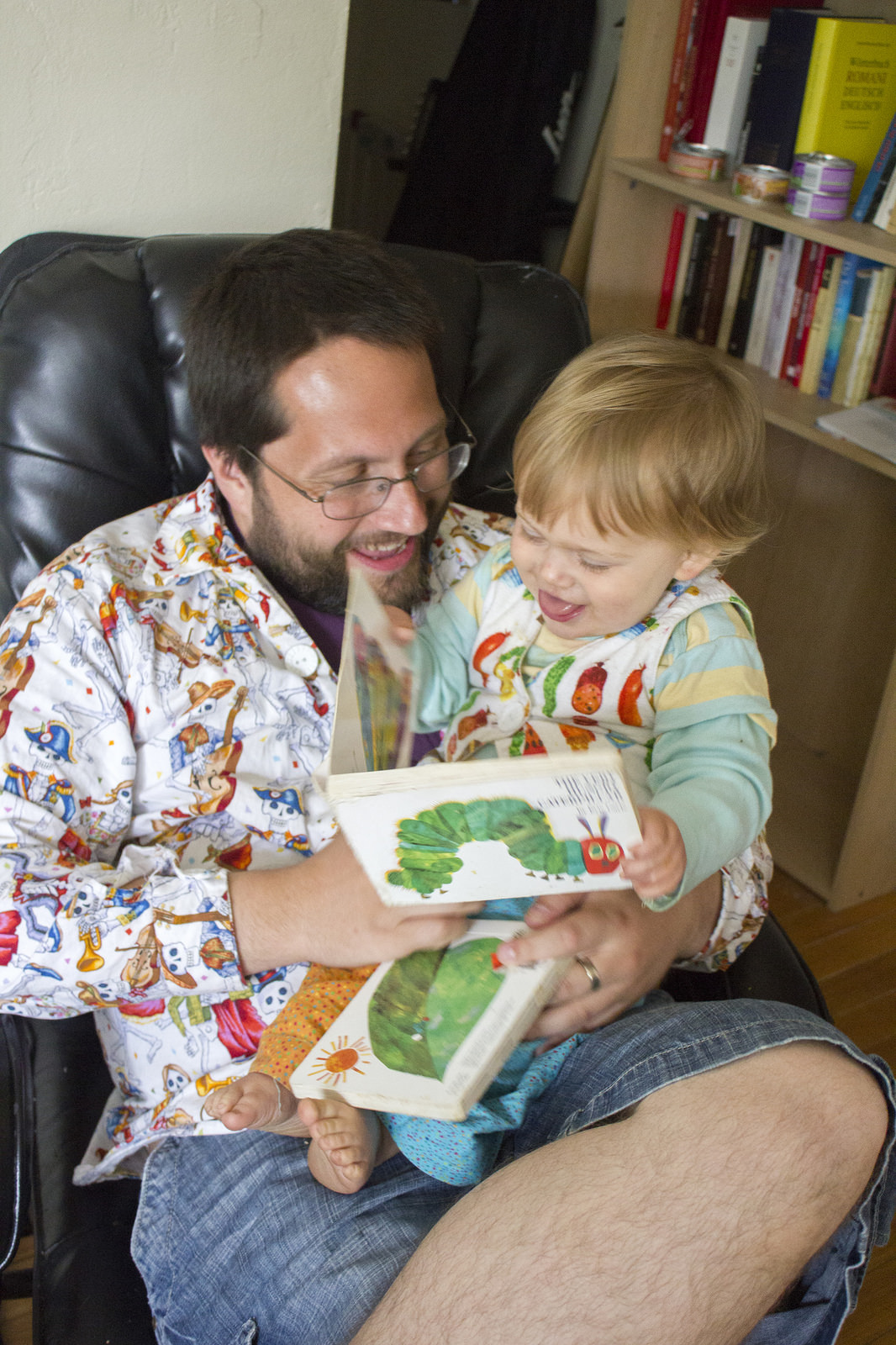
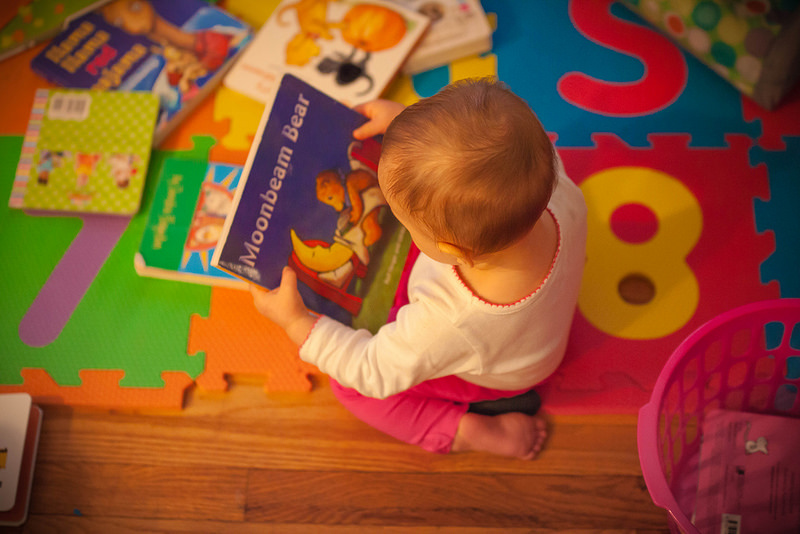
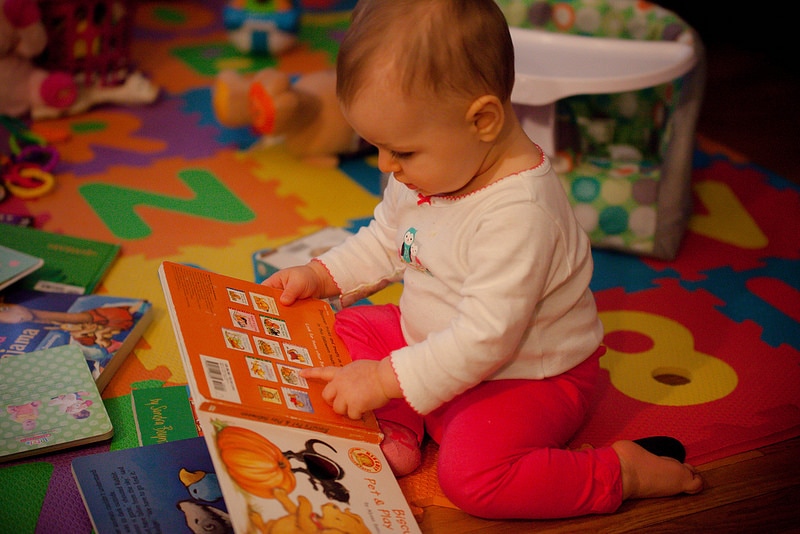
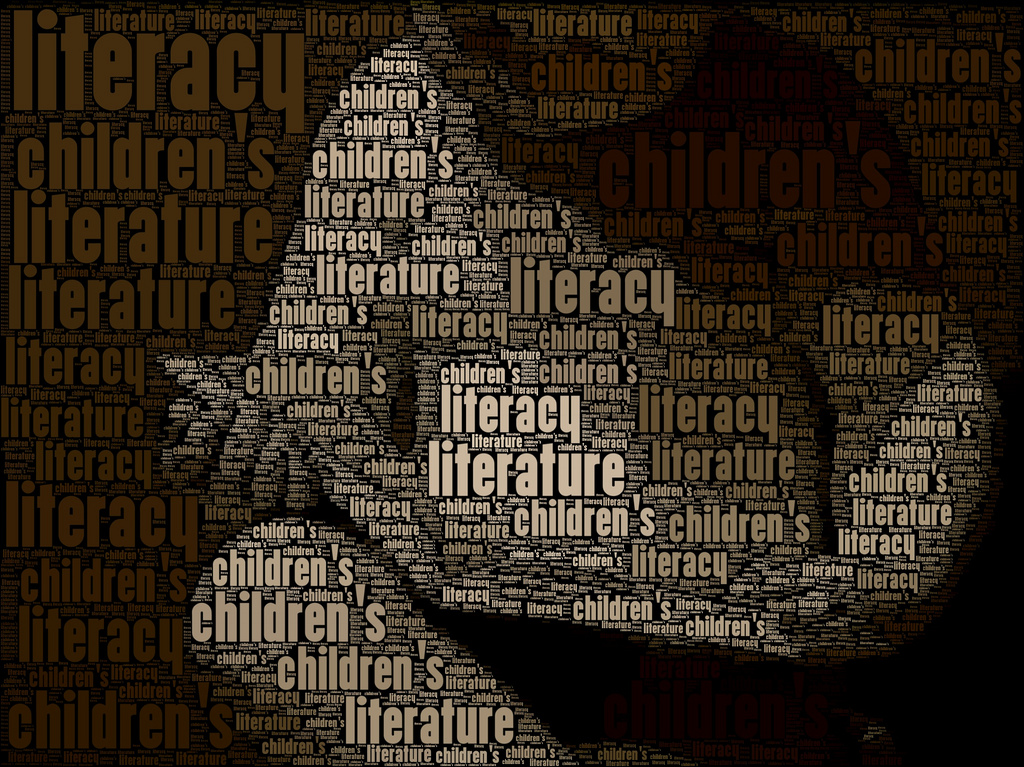
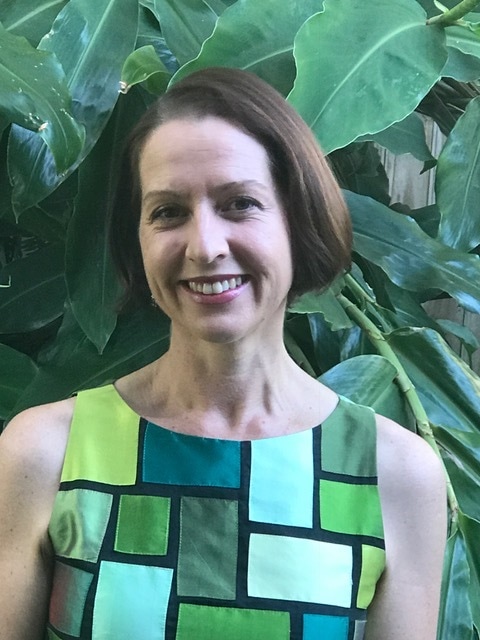
 RSS Feed
RSS Feed

